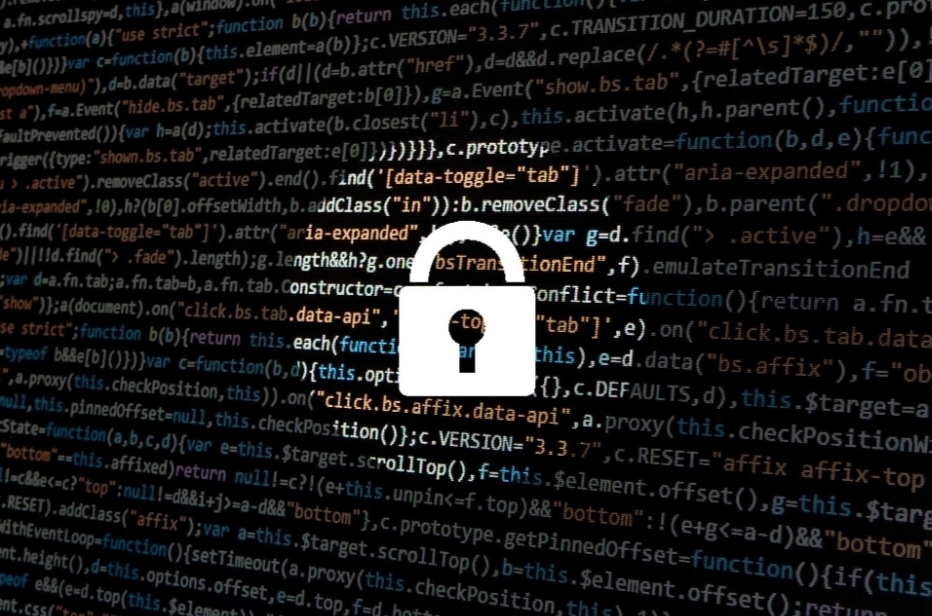Understanding the right cybersecurity measures has never been more critical for businesses. This comes along with the increasing number of sophisticated cyber threats.
This comprehensive guide will walk you through each cyber security level every business must know, with insights into the CEH Certification Course to enhance your defense strategies.
Use a strong password generator to create complex passwords that are tough to crack. This tool generates secure combinations to safeguard sensitive information and prevent unauthorized access.
So, read on!
1. Basic Security Awareness
The first level of cyber security is basic security awareness. It includes training employees to recognize and avoid potential threats like:
- phishing emails
- social engineering scams
- malware attacks
This training should cover the use of:
- strong passwords
- regular software updates
- safe browsing practices
Educating employees on basic security measures can reduce the risk of successful cyber attacks. With breach and attack simulation technologies, businesses can also simulate real-world attack scenarios. That way, they can train employees and assess their response.
2. Network Security
Network security involves securing the organization’s network infrastructure against outside threats. This includes:
- implementing firewalls
- intrusion detection systems
- virtual private networks
These measures help prevent unauthorized access to the network and protect sensitive data. Businesses need to watch their network. They must perform vulnerability scans as well. That way, they can identify any potential weaknesses or vulnerabilities.
3. Data Protection and Encryption
Data protection and encryption are crucial in safeguarding sensitive information. Encryption involves converting data into a code to prevent unauthorized access. This is especially important when transferring data over the internet. It also means storing it on devices such as laptops or mobile phones.
Businesses should also have backup and disaster recovery plans in place. That way, they can ensure their data is secure and can be recovered in case of an attack or system failure.
Having a strong data protection strategy can help mitigate potential risks. This can span from phishing campaigns to ransomware attacks.
4. Access Control and Identity Management
Access control and identity management control access to sensitive information or systems. This includes implementing strong authentication measures, such as multi-factor authentication. This helps ensure that only authorized individuals have access to critical data.
It is also important for businesses to review and revoke access privileges for former employees. This goes the same for those who no longer need access to certain information.
5. Incident Response Planning
Despite all the preventive measures, cyber attacks can still happen. That’s why businesses must have an incident response plan in place. This includes having a designated team and procedures for responding to and recovering from a cyber attack.
Having an incident response plan can minimize the damage and downtime caused by a successful attack. This can allow the business to get back up and running quickly.
Any managed security services provider can assist with implementing an incident response plan.
6. Regular Security Assessments and Compliance
Businesses should conduct security assessments. This helps them identify any vulnerabilities in their systems and processes. This can help them stay updated on the latest threats and strengthen their security measures accordingly.
It is also important for businesses to follow industry-specific regulations and standards. This not only helps protect sensitive data. It also builds trust with customers and partners.
Learn to Implement Each Cyber Security Level
Cyber security level plays a crucial role in protecting businesses from cyber threats. It is imperative for businesses to not only understand these levels. They must also implement them effectively. That way, they can safeguard their sensitive data and maintain trust with customers.
So remember to stay informed. Continuously work towards strengthening your cybersecurity measures today!
To read more, visit our blog page. We do have more topics!










